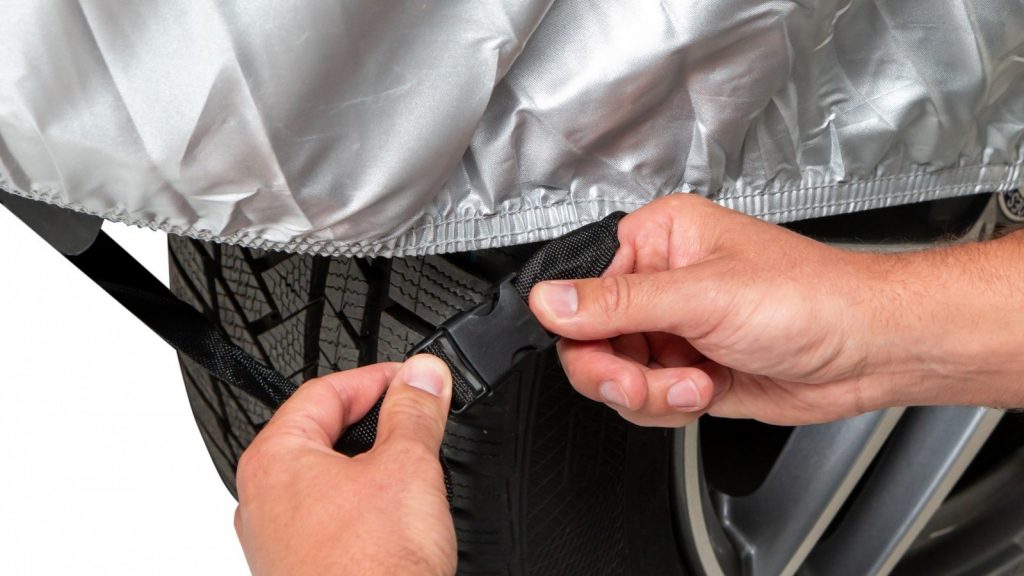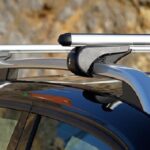Since protecting the paint of your car and lowering wear on its interior will help with its trade-in value, it is important to keep your car covered if you want to keep it protected not only from hail but also from dirt, dust, bird excrement, pollen, tree branches and sap, UV rays and sun, snow, heat, rain, and sleet.

If your hail protector is not in use, a storage bag is the safest and best place for keeping it. This way, you don’t need to worry about dust as well as other types of environmental hazards.
How to Pick Long-Lasting Hail Protectors
Hail protectors are available in a wide range of materials and the best one for you depends on your particular needs like the environment where you plan to park your car. For example, soft cotton covers are enough to protect cars parked indoors. However, these are not waterproof so these are not recommended for those who plan to keep their cars outdoors. These outdoor car covers must be able to withstand and endure more environmental hazards and this is why a lot of companies are using proprietary fabrics meant to weather precipitation and sunlight.
When it comes to car covers only meant to be used indoors, the ideal material for car covers is cotton-based that range from thicker napped and woven flannel to light laminated cotton. Meanwhile, for the Withcar hail protectors used outdoors, the most recommended material is synthetic fabric with multiple layers like solution-dyed acrylic and polyester microfibers that may have the same level of softness as cotton but also offer natural mildew and ultraviolet light resistance as well as water repellency.
One more concern when shopping for a hail protector is none other than sizing since a cover that is too big may end up causing the exact damage that you want to avoid. Most manufacturers have their own dedicated sizing charts that are based either on car models and makes or measurements.














